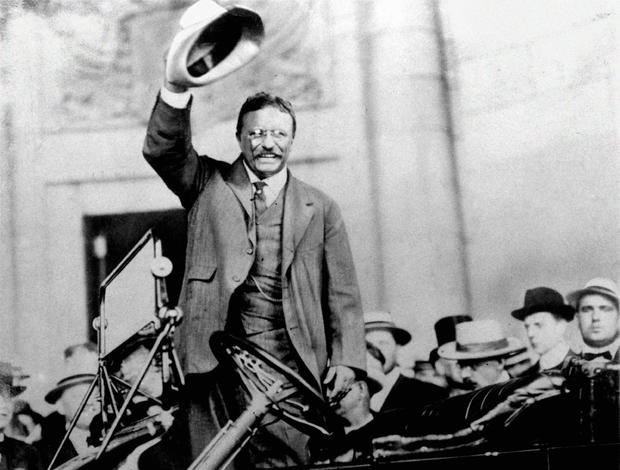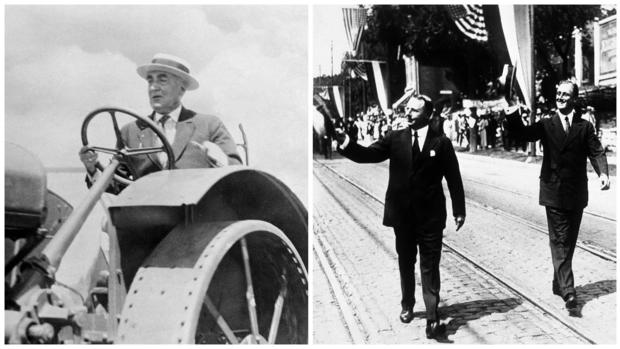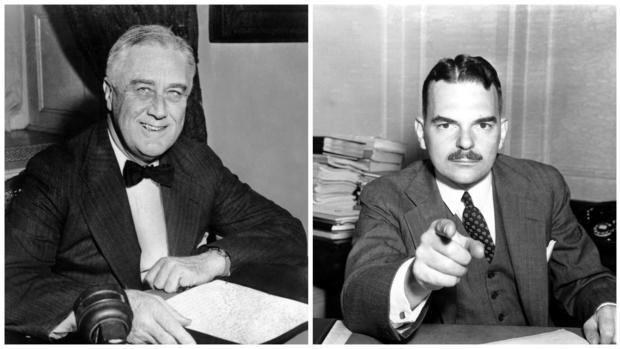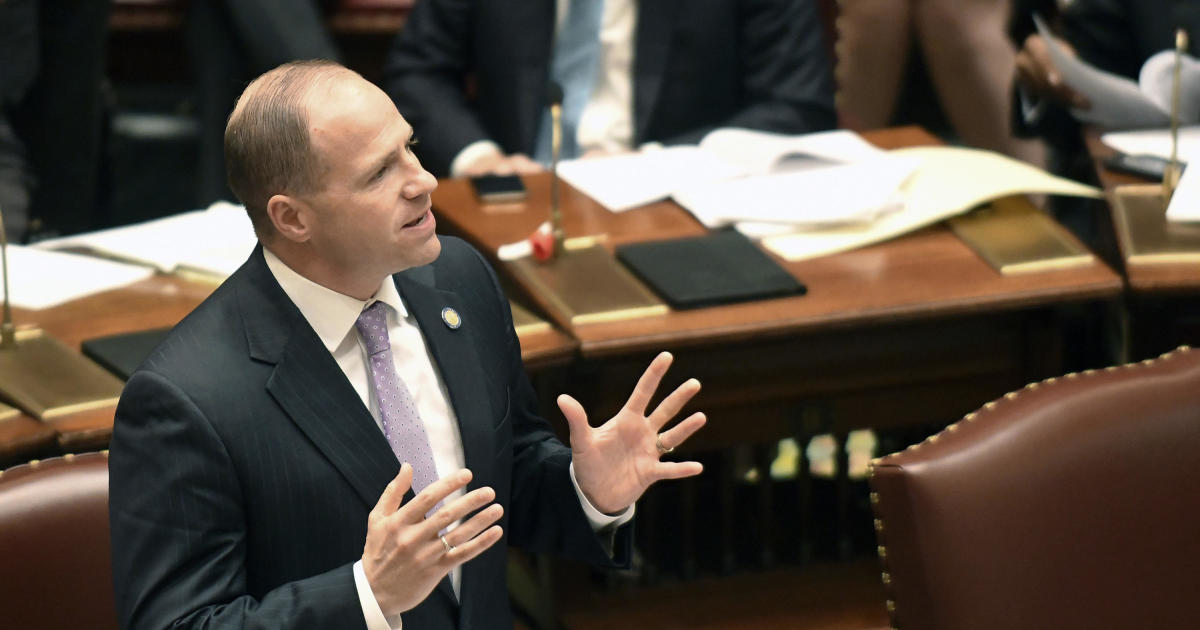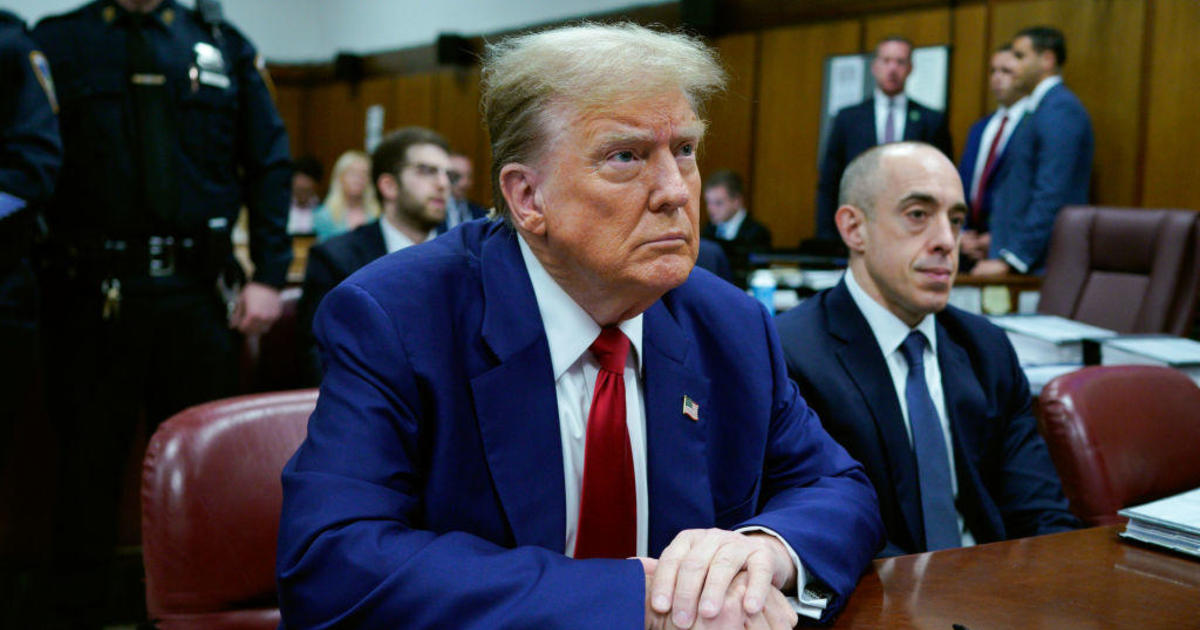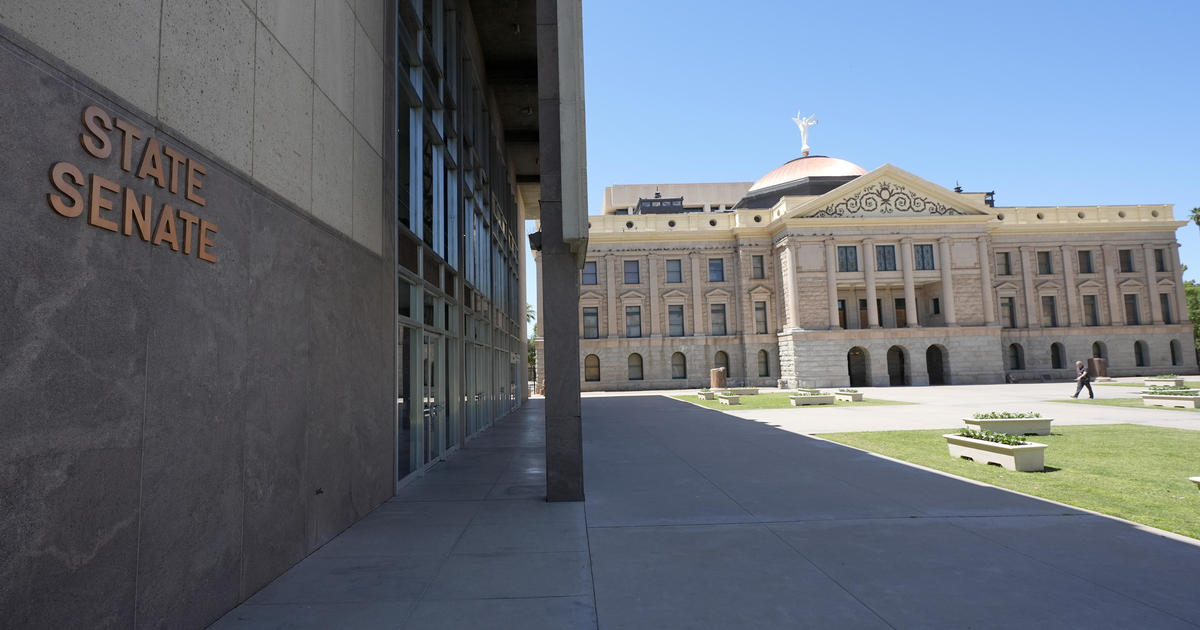Both candidates from the same home state? That's pretty rare
Both Democratic presidential nominee Hillary Clinton and Republican presidential nominee Donald Trump claim residence in New York. That means, that in the 2016 presidential election, both candidates hail from the same state. And that is an extremely rare occurrence. In fact, it’s only happened three other times in U.S. history.
- The election of 1904
At the turn of the 20th century, Theodore Roosevelt succeeded to the presidency after his running mate William McKinley was assassinated. When Roosevelt then ran for re-election as the incumbent president in 1904, he faced off on the ticket against Alton B. Parker, Chief Judge of the New York Court of Appeals. Despite both candidates hailing from New York, Roosevelt ultimately won his home state and the White House.
2. The election of 1920
In 1920, the presidential race was between two Ohioans: Warren G. Harding and James M. Cox.
3. The election of 1944
Then, in 1944, Cox’s former running mate, Franklin D. Roosevelt -- a New York resident -- ran against Thomas E. Dewey, the Governor of New York. Yet again, the battle for the White House was a battle of Empire State titans... much like it is in the 2016 election.
4. The election of 1860
Technically, there was a fourth time as well, but the circumstances of that election render it quite different from those listed above. In 1860, on the eve of the Civil War, four candidates appeared on the U.S. presidential ballot: Abraham Lincoln, John C. Breckinridge, John Bell and Stephen A. Douglas. Two of those nominees -- Lincoln and Douglas -- hailed from Illinois, but the presence of two separate democratic parties -- Northern Democratic and Southern Democratic, divided by the issue of slavery-- made that occurrence possible.
As such, the election of 1860 is more of anomaly than an example of two presidential nominees calling the same state home.
